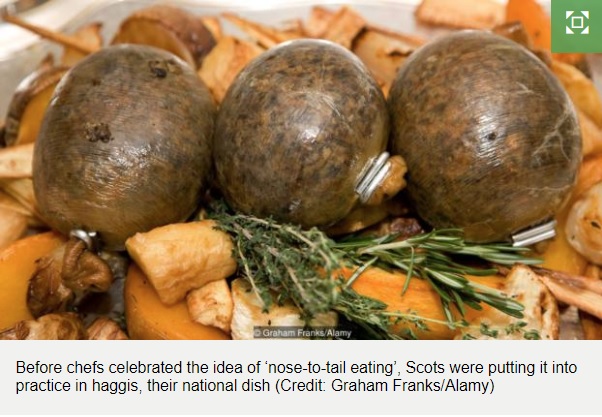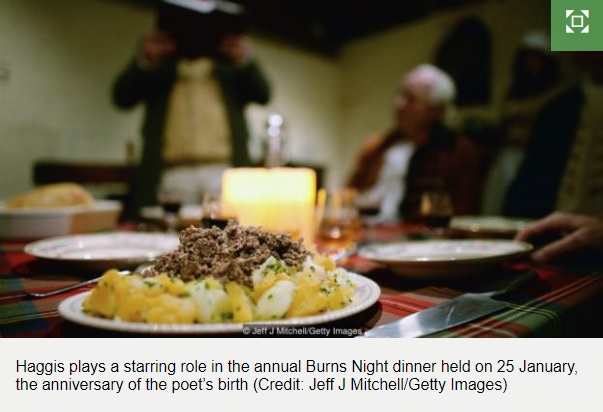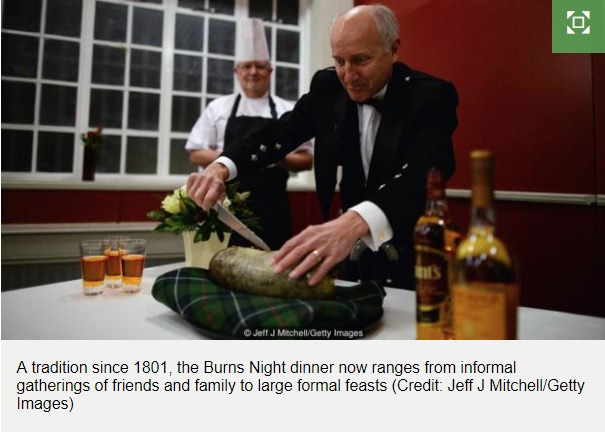Long before today's chefs began celebrating the idea of 'nose-to-tail eating', Scots were putting it into practice in what is now their national dish. Haggis provided warming sustenance in wild settings far removed from any gourmet restaurant. Or, as beloved 18th-Century Scottish poet Robert Burns put it in his famous poem Address To A Haggis: ‘But mark the Rustic, haggis-fed,/The trembling earth resounds his tread.’
Scotland's iconic dish began as a nod to the necessities of harder times, when using as much as possible of a slain animal was essential. But while some cuts of meat could be salted or dried for preservation if not eaten immediately, internal organs were far more perishable. Haggis made use of these by putting them into a convenient natural casing – the animal's stomach – which could then be cooked on the spot.






